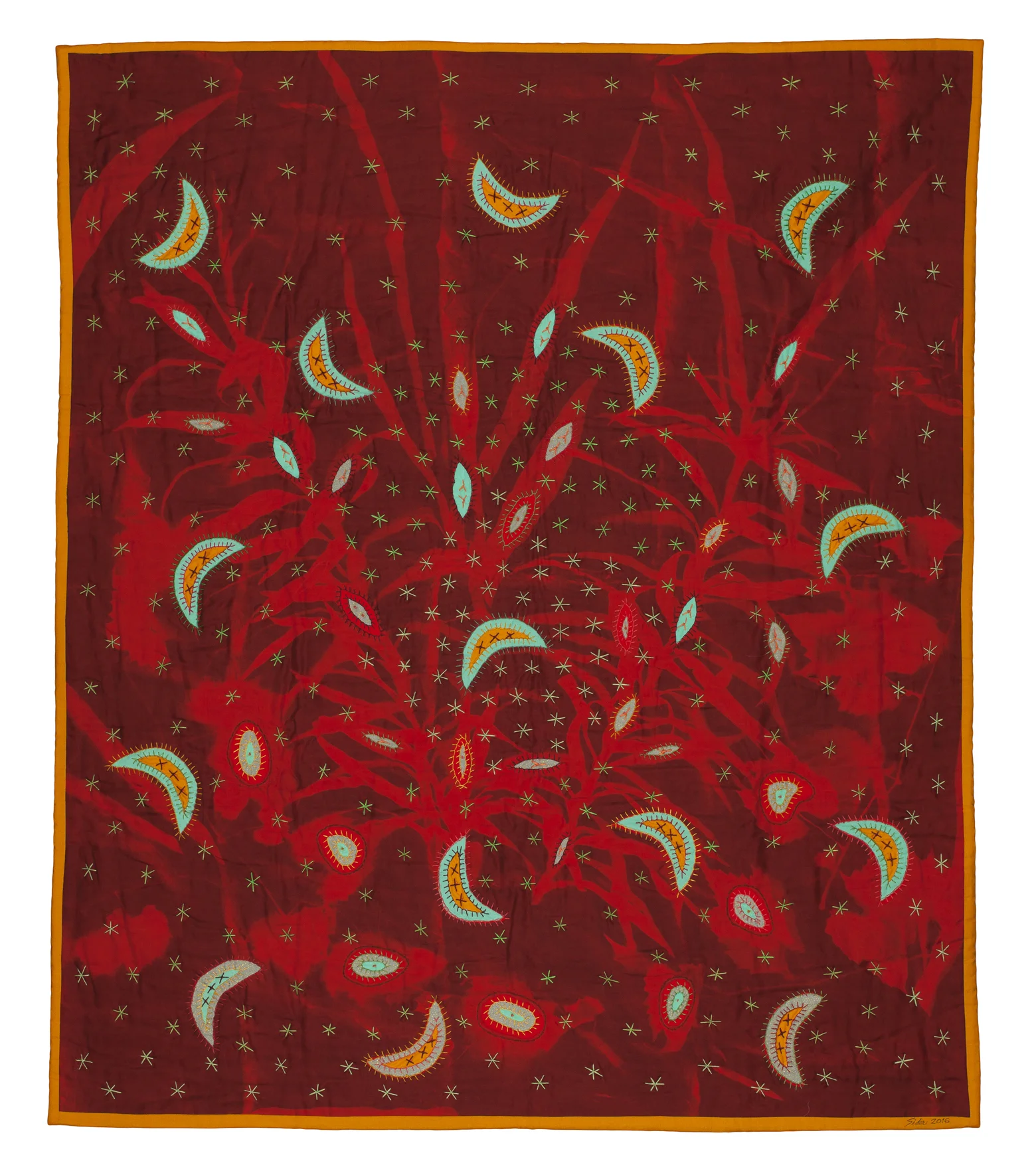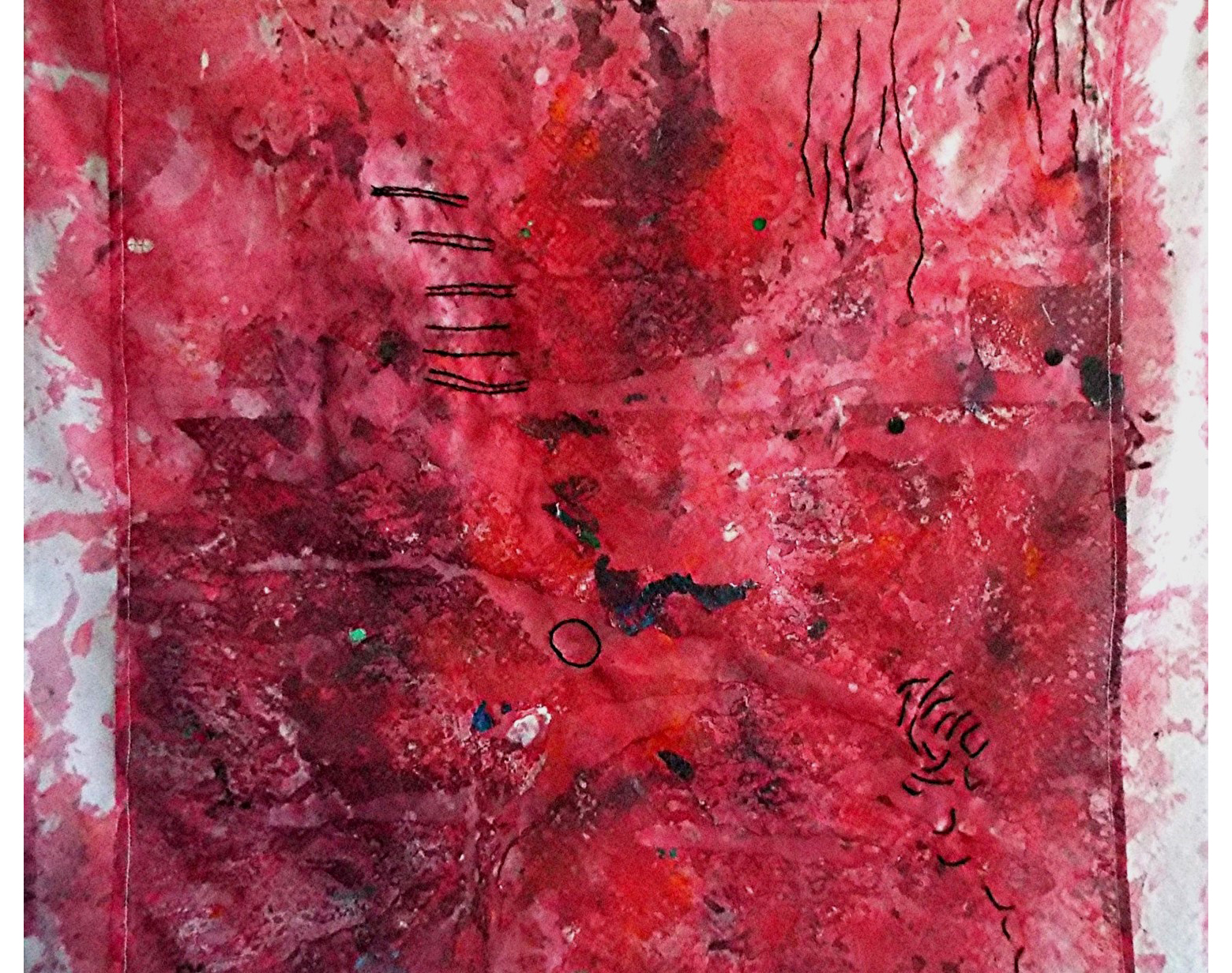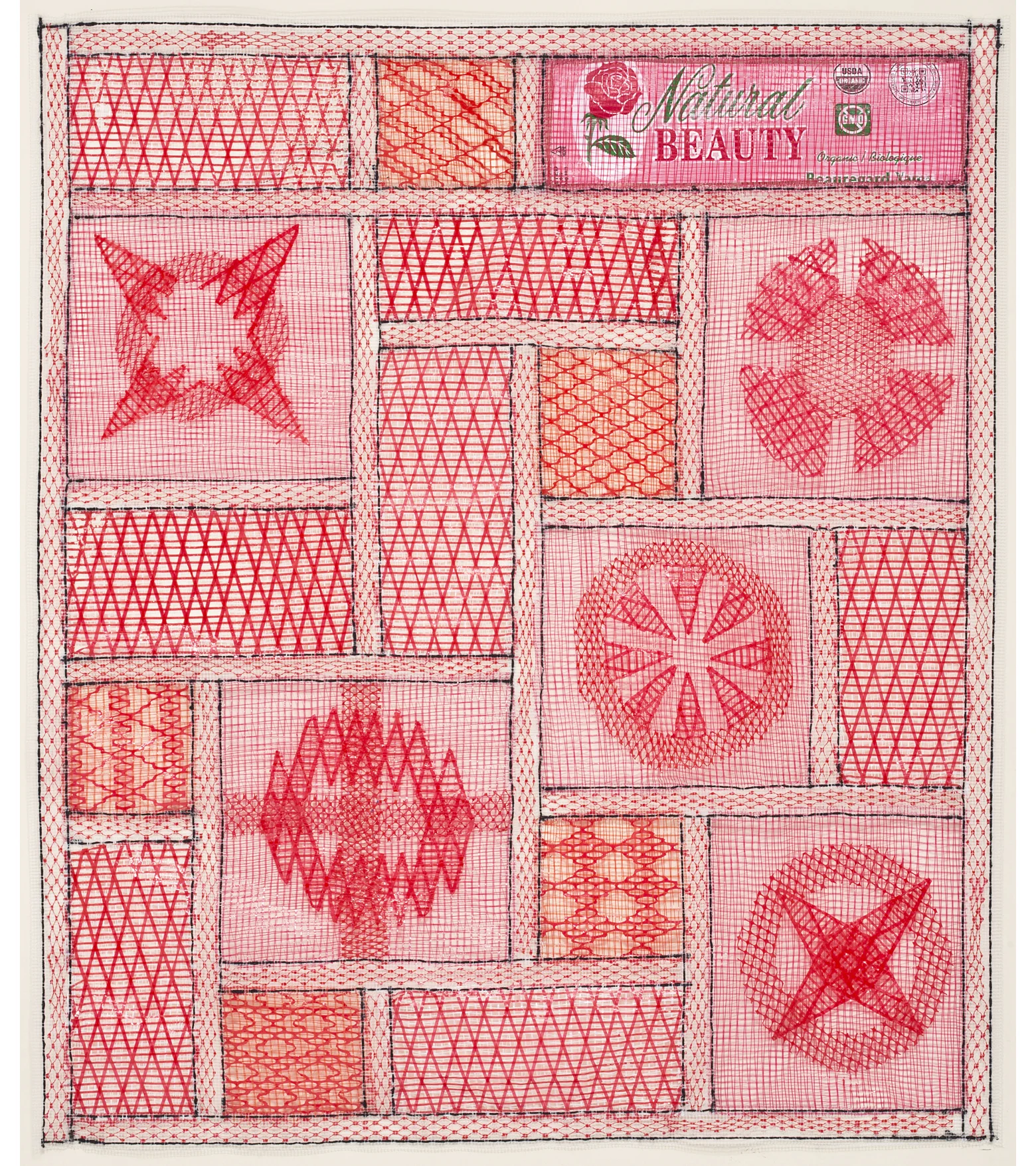Who We Are, How We Grew
In 2019, the Textile Study Group of New York (TSGNY) celebrates its 42nd anniversary: a wonderful testament to the group’s ongoing vitality and importance in the lives of its members. TSGNY is dedicated to the study and appreciation of fiberarts in all forms, from historic cloth to contemporary installation, from textile design to tensile architecture. Its members come from several countries, and all corners of the art world.
The central activity of TSGNY has always been its annual round of ten monthly meetings from September to June: eight or nine with invited speakers, and one or two with member presentations. Throughout the years, so many important artists and scholars have addressed the group that the roster reads like an encyclopedia of what’s happened and who’s who in the fiber art world over the last four decades. Expressive and accomplished specialists, drawn from around the world and across a wide spectrum of approaches to fiber, have addressed the group.
Six original members, including founder and first president Nancy Koenigsberg, met at the New School for Social Research in the 1970s as students of Gayle Wimmer, and later formed the group as a way of delving deeper into the textile arts, while also fueling their creative interests. Now in its fifth decade, TSGNY’s mandate has not changed, but its membership has grown exponentially. In addition its core program of monthly talks, TSGNY supports an expansive series of projects and activities. Its website helps members promote and disseminate their work via an online gallery and digital archive of member interviews. Two bi-monthly online newsletters keep members informed: one covers member news; while the other provides a wrap-up of current and upcoming fiberart and textile events and exhibits.
TSGNY members are a diverse group.Some are enthusiastic beginners, while others are experienced professionals.Some work in textile-related fields as historians, teachers, critics, curators, and writers.But most members are artists, whose work is often informed by a grounding in both fine arts and traditional craft training. This lends an
















































































